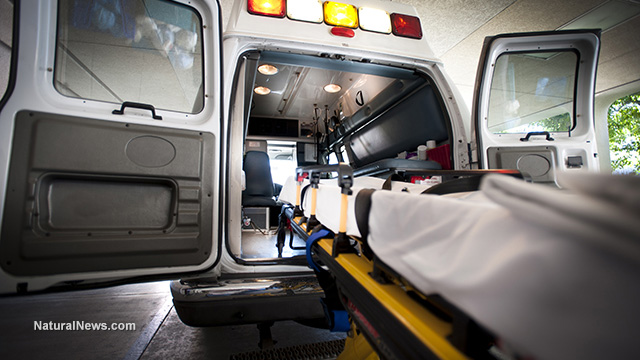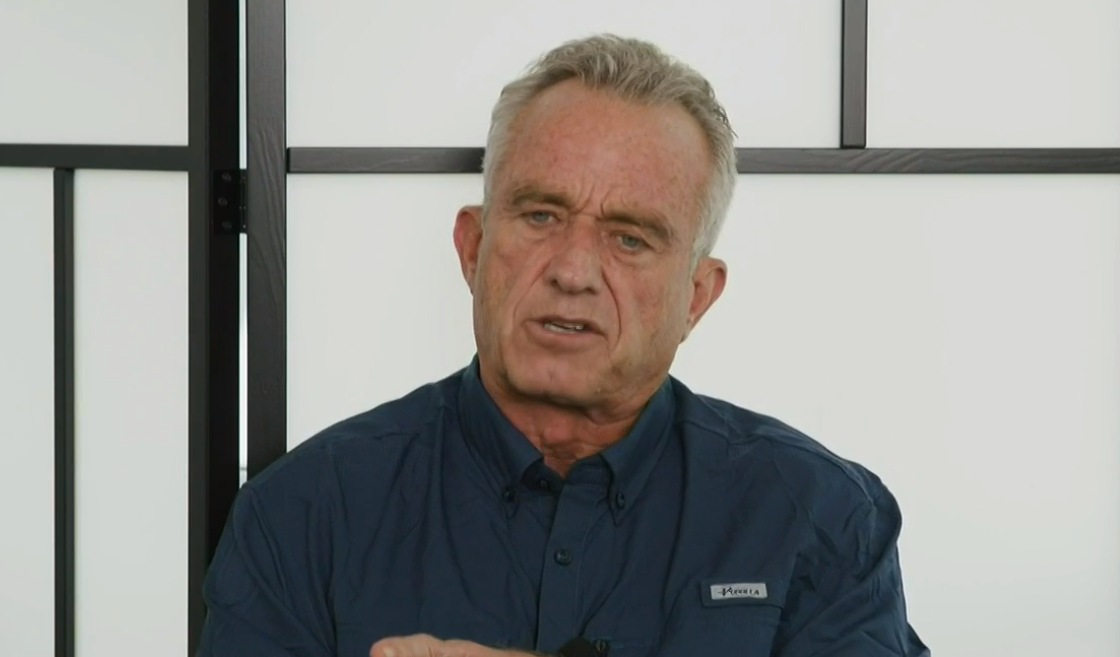
He explained how an FDA rule that took effect earlier this year allows for this horrifying scenario to take place. It involves the establishment of an exception to the longstanding requirement to obtain informed consent from individuals “when a clinical investigation poses no more than minimal risk to the human subject and includes appropriate safeguards to protect the rights, safety, and welfare of human subjects.”
At least nine healthcare sites have already started taking advantage of this, automatically enrolling people in clinical trials for dangerous drugs like ketamine and fentanyl – yes, the same fentanyl behind the opioid epidemic that has killed hundreds of thousands of Americans – when they are administered to patients who are unconscious while being brought by ambulance to the hospital following car accidents and similar incidents.
One such experiment is the Prehospital Analgesia Intervention (PAIN) Trial, which is being led by the University of Pittsburgh with funding from the U.S. Department of Defense.
The medical provider network Guthrie defended its position in a press release, noting: “Because severe traumatic injuries must be treated right away, there may not be time to get consent. Giving consent for medical research usually means reading information, talking with doctors and nurses and having time to think about whether to join. A person with traumatic injury is often not able to do these things.”
Moreover, because family members are usually not around or are unreachable in these emergency scenarios, the researchers are often unable to ask them for content as well.
Although many people would have no problem with ambulance crews administering pain medicine to them in the aftermath of an accident and would have given their consent to it if they were conscious, it is important to keep in mind that once the patient is given either ketamine or fentanyl, they are automatically enrolled in this experiment in some places and therefore expected to keep up with the study protocols for as long as six months afterward.
According to the press release, random trauma patients will be given either ketamine or fentanyl at the nine healthcare sites involved. And even though the FDA rule stipulates that the risks in medical tests involving non-consenting subjects must be minimal, the study openly admits that there are serious side effects involved, acknowledging fentanyl’s potential for addiction and ketamine’s association with hallucinations and other complications.
Opting out is difficult and not foolproof
The only way to opt out of this four-year study appears to be contacting the study’s organizers and asking for a silicone bracelet you can wear indicating your unwillingness to participate. Those living in affected areas, such as rural parts of southern New York and northern Pennsylvania, have received notices in the mail about the study with instructions on how to opt out.
It’s not exactly a foolproof system; even those who do take the time to request a bracelet just in case they are involved in an accident might not be wearing it at the time of the accident or it could even be destroyed during the accident. It’s not clear whether individuals who are not local residents but are brought by EMS to the hospital could also be enrolled.
Ultimately, those who are enrolled in the study are being used as guinea pigs to help the U.S. military.
UPMC trauma surgeon Dr. Jason Sperry explained: “The goal is to help the military to provide the best care for injured personnel, help determine the best pain medicine and determine what are the best short and long-term outcomes when comparing these medications.”
Sources for this article include:
Please contact us for more information.






















